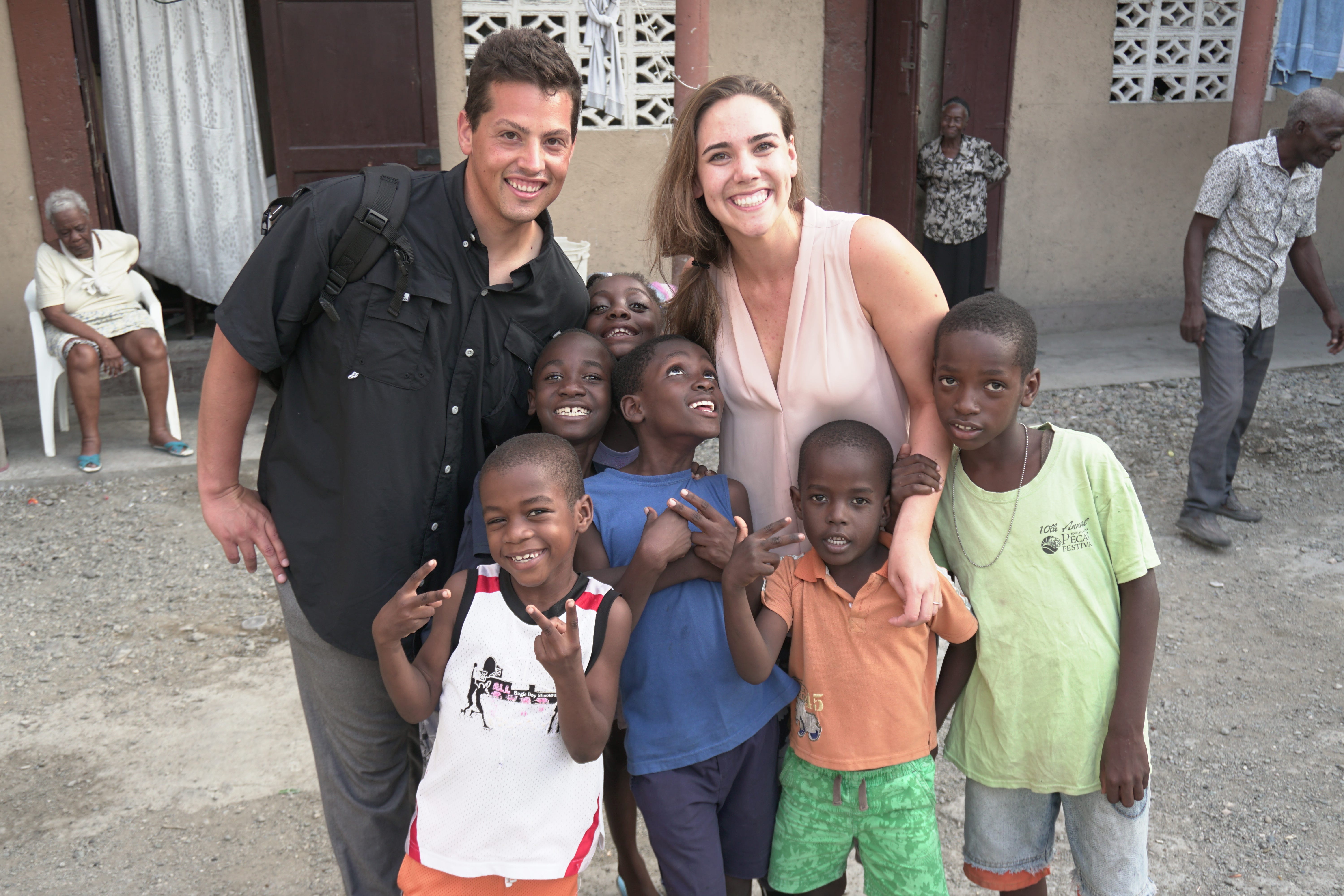The issue isn’t the amount of food, but rather the distribution of food.

For those of us that have won the genetic lottery and are lucky enough to have been born in the United States, the idea that we don’t know where our next meal is coming from is far from most of our realities. Some of us have traveled to third world countries and have a more tangible understanding of the global hunger problem — but still, we have no idea of what it is truly like to be hungry and lacking the basic nutrients for survival.
As I discussed in an earlier blog post titled “Why We Started SANS” — we are a for-profit, mission-based organization focused on addressing the following problems:
(1) The prevalence of unnatural, harmful foods in our diet, and
(2) Global hunger
We are addressing the first problem through the introduction of the SANS Meal Bar — available in four delicious flavors, all with no added sugar, and all made with only high-quality, natural ingredients. We are planning on addressing the second problem through our Buy Meals, Give Meals program — where we will be giving a nutritious meal to someone in need for every meal pack that we sell.
Global hunger is a very general term, and again, for many of us, it is a foreign concept. So just how big of a problem is global hunger? Here are the facts:
· There are over 815 million people in the world that do not have enough food to leave a healthy, active life (this equates to 1 in 9 people on our planet)
· The vast majority of the world’s hungry people are in developing countries. 1 out of every 6 children in the developing world is underweight
· Undernutrition (inadequate energy or nutrients) is the cause of 45% of deaths globally in children under 5 years old
Source: World Food Programme & Foodaidfoundation.org, & World Health Organization

Clearly, hunger is one of the most pressing issues facing humanity today. Undernutrition continues to affect more than 150 million children worldwide, and 2 billion people worldwide suffer from vitamin or mineral deficiencies. The good news is that despite the magnitude of the problem in our current times, the world has made progress in reducing hunger over the last quarter century, there are ~215 million fewer hungry people now vs. 1992, despite a 1.9 billion increase in the world’s population.
This trend would certainly support the position that the global hunger problem is much more a problem of the distribution of the world’s food vs. our ability to produce enough food. More most be done to distribute food to those who need it the most.
There are more hungry people in Asia than any other continent on the planet — representing approximately 2 out of 3 people in the world that lack proper nutrition. As it relates to Asia, North Korea is the country that is most affected by the hunger epidemic. Other countries within the continent where hunger is a significant crisis includes Iraq, Tajikistan and Yemen.
Global hunger is most prevalent (as a % of the total population) in Sub-Saharan Africa, where 1 in 4 is undernourished.[1] Within this region, at least 35% of the people living in the Central African Republic, Liberia, Madagascar, Rwanda, Uganda, Zambia and Zimbabwe are undernourished. In addition, between 24–34.9% of the populations of Botswana, Chad, Congo, Ethiopia, Guinea Bissau, Malawi, Mozambique, Namibia, Sierra Leone, Sudan and Tanzania are undernourished.
The majority of the countries within Europe and the Western Hemisphere have the lowest levels of undernourishment that are tracked and defined by the World Food Programme, which is defined as under 5% of each country’s population. Countries that fall into this category are ones that we would expect — the United States, Canada, Brazil, Argentina, Chile, and every country in Europe with the exception of Moldova and Serbia.
There is only one country in the Western Hemisphere that has the highest level of undernourishment tracked by the World Health Programme (at least 35% of a country’s population) — and this is the country of Haiti. My father has made a pilgrimage to Haiti at least one time in 29 of the last 30 years, where he spends most of his time teaching at a University in Upper Limbe, a village outside of Cap-Haitian. He first took me to Haiti when I was 12 years old and now as an adult, I teach a course at the same university every January.

The country of Haiti holds a special place in my heart, and there are many, many people in this beautiful country that need help from those of us that have won the genetic lottery of being born in the United States. I am so extremely excited about our partners in Haiti who will be participating in our Buy Meals, Give Meals program — where we will be focused on giving nutritious meals to those in the greatest of need.
Sign up to learn more about our “Buy Meals, Give Meals” program and our upcoming product release at www.sansmealbar.com.
[1] Undernourishment is defined by the World Food Programme as the condition in which an individual’s habitual food consumption is insufficient to provide the amount of dietary energy required to maintain a normal, active, healthy life.